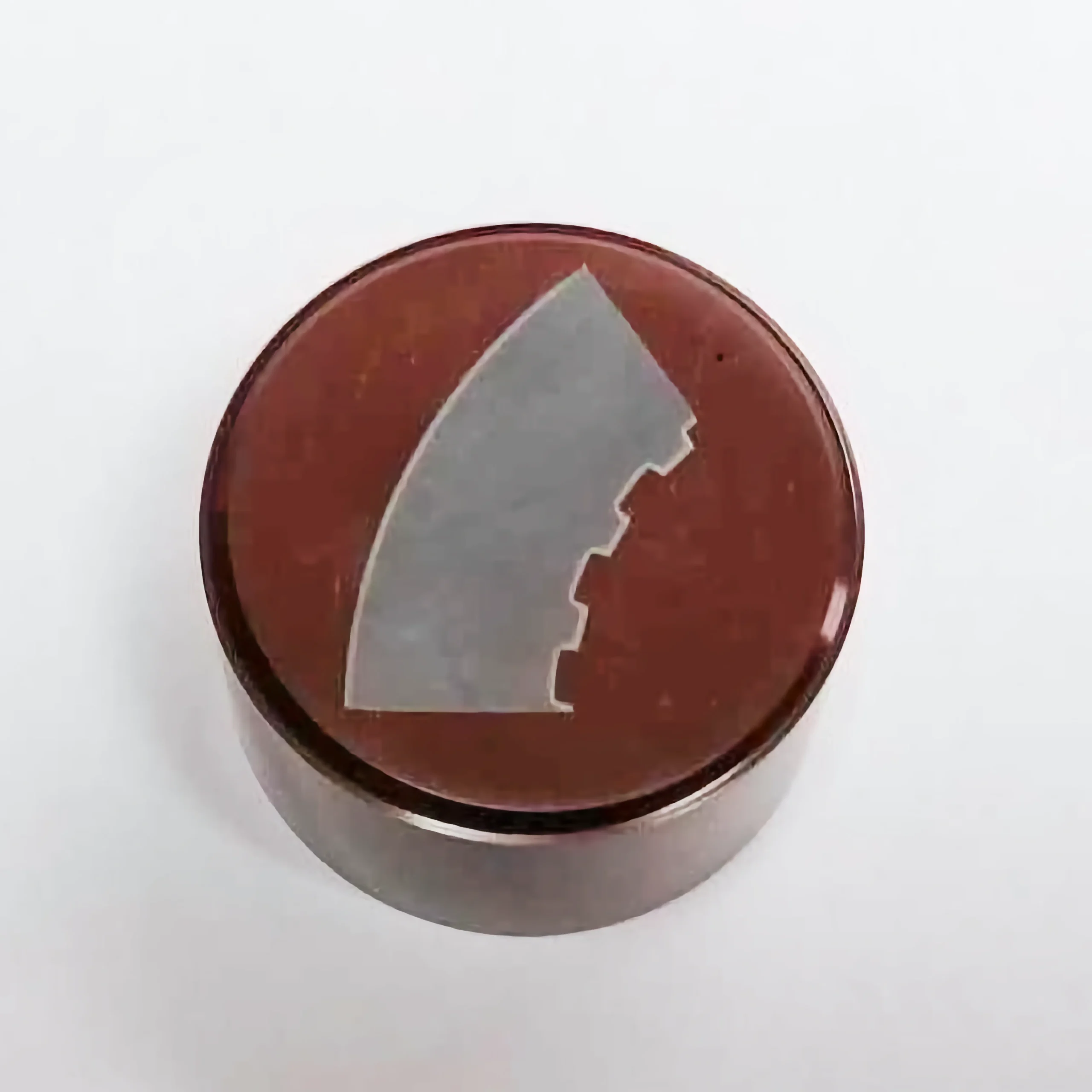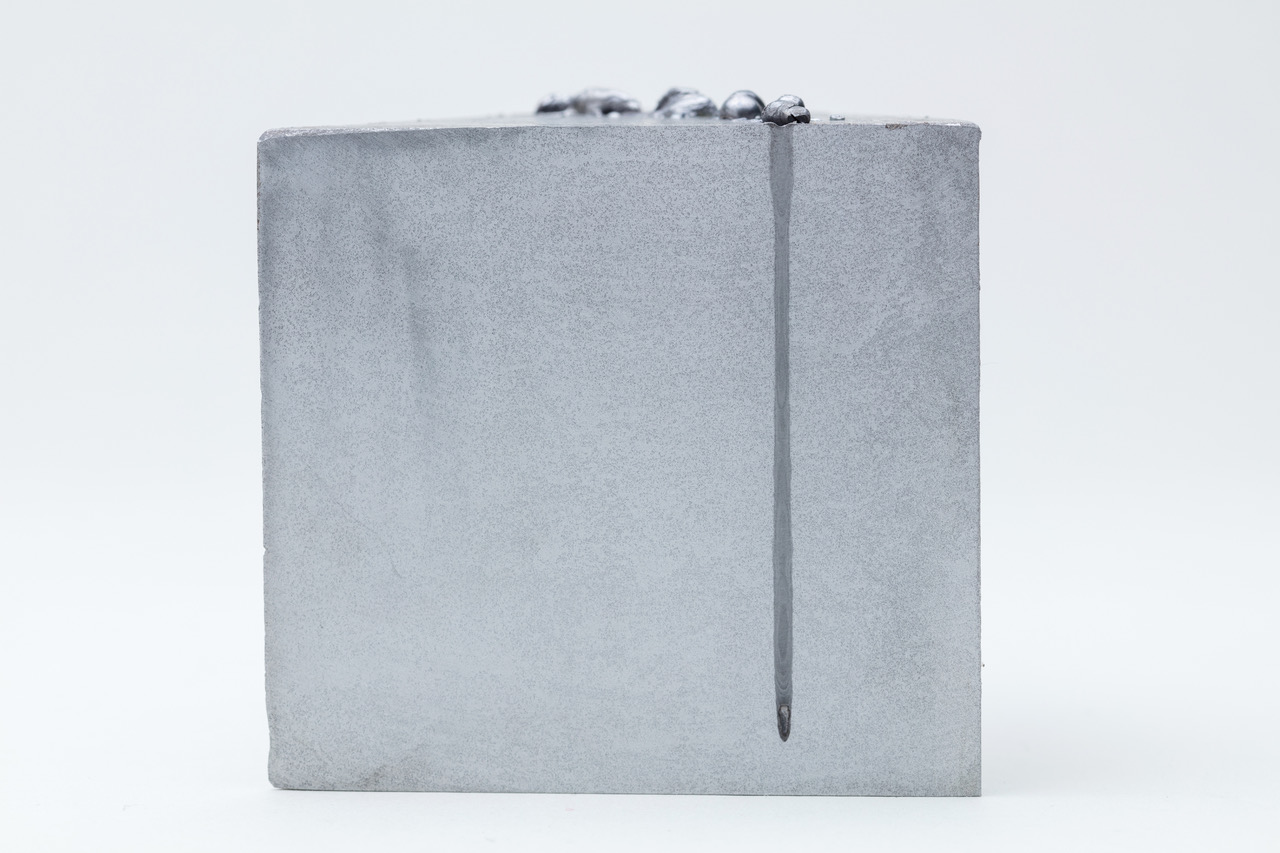In the demanding field of firearm manufacturing, barrel performance and longevity are of central importance. An advanced solution that is gaining increasing relevance—particularly for barrels made of 42CrMo4 / 50CrMo4 steel—is Pulsed Plasma Nitrocarburizing (PPNC) combined with post-oxidation. In contrast to traditional salt-bath methods, this innovative, environmentally friendly plasma-based treatment significantly enhances barrel properties.
The Advantages of 42CrMo4 / 50CrMo4 Steel
42CrMo4 / 50CrMo4 (equivalent to AISI 4140 / 4150) are preferred for gun barrels due to their excellent balance of strength, toughness, and machinability. Alloying with chromium and molybdenum improves hardenability and enables high surface hardness after thermal and thermochemical treatment, including plasma nitriding (Totten & Howes, 1997).
Fundamentals of Pulsed Plasma Nitrocarburizing
Process Overview
PPNC is conducted in a vacuum chamber, where pulsed direct current generates plasma from a nitrogen-hydrogen atmosphere. Active nitrogen species diffuse into the steel surface, forming a hardened surface layer with a compound nitride zone and a diffusion-hardened sublayer. Unlike gas nitriding, pulsed plasma allows for better treatment of internal surfaces and precise control of compound layer growth (Berg & Edenhofer, 2001).
Typical process parameters:
- Temperature: 500–560 °C
- Duration: 4–8 hours
- Pressure: 1–5 mbar
- Atmosphere: Nitrogen-hydrogen mixture (typically 75–25%), optionally with hydrocarbons for carbonitriding
Layer Structure
PPNC typically produces the following surface structure:
- Compound Layer (ε + γ’ phases)
- Thickness: 5–15 µm
- Hardness: 800–1100 HV
- Mainly consists of ε-Fe₂–₃N and γ’-Fe₄N phases, providing excellent wear resistance (Bell, 2002)
- Diffusion Zone
- Thickness: 100–300 µm
- Contains nitrogen in solid solution and alloy nitride precipitates
- Improves fatigue strength and load-bearing capacity (Klocke et al., 2012)
- Oxide Layer (Fe₃O₄)
- Thickness: 1–3 µm
- Formed through post-oxidation in moist gas or steam at 400–500 °C
- Enhances corrosion resistance and creates a black, non-reflective surface (Somers & Mittemeijer, 1995)
The Critical Role of Post-Oxidation
Post-oxidation following plasma nitrocarburizing results in the formation of a thin magnetite (Fe₃O₄) layer on top of the compound layer. This significantly enhances corrosion resistance while maintaining surface hardness. The oxide layer also contributes to a tactical, glare-free appearance often desired in military and outdoor applications (Bell, 2002).
Applications and Compatibility
PPNC + post-oxidation is used for high-performance firearm barrels in:
- Military rifles: 5.56×45 mm NATO, 7.62×51 mm NATO
- Precision rifles: .308 Winchester, 6.5 Creedmoor
- Machine guns / anti-materiel weapons: .50 BMG and similar calibers
Firearm manufacturers favor PPNC as it preserves the geometry of the bore profile without dimensional growth from coatings or the risk of hydrogen embrittlement as seen in hard-chromed barrels (Klocke et al., 2012).
Treatment of Internal and External Surfaces
- External Surfaces: Receive full plasma nitrocarburizing and post-oxidation, forming the compound and oxide layers.
- Internal Bore and Rifling: In most industrial applications, the bore—including rifling—of barrels made from 42CrMo4 / 50CrMo4 is also post-oxidized. A thin magnetite layer (Fe₃O₄), typically 1–3 µm thick, is thermochemically formed at about 400–450 °C. This duplex structure improves corrosion resistance and lubrication inside the bore. In high-precision or competition-grade barrels, this step may be omitted to ensure absolute consistency in friction behavior and bullet guidance.
Benefits at a Glance
- Extended Service Life: High surface hardness and thermal stability reduce erosion and friction wear.
- Maintained Precision: Bore geometry remains unchanged, preserving ballistic accuracy.
- Outstanding Corrosion Protection: The post-oxidized Fe₃O₄ layer significantly outperforms traditional bluing or phosphating.
- Minimal Distortion: Low processing temperatures prevent dimensional changes.
- Environmentally Friendly: PPNC avoids toxic salt baths and cyanide-based chemicals.
Process Flexibility and Technical Aspects
Plasma nitriding systems are capable of treating bores with length-to-diameter (L/D) ratios exceeding 25:1. As such, internal surfaces of small-caliber barrels like 5.56 mm can be fully and uniformly hardened. Uniform plasma distribution in long, narrow bores is achieved through careful cathode design and process control (Berg & Edenhofer, 2001).
Conclusion
For manufacturers aiming for top-tier barrel performance, reliability, and durability, Pulsed Plasma Nitrocarburizing with post-oxidation is a forward-looking solution. It combines wear protection, corrosion resistance, and thermal stability—without compromising precision or requiring environmentally hazardous chemicals.
References
Bell, T. (2002). Surface engineering of ferrous alloys. Surface and Coatings Technology, 150–151, 1–7. https://doi.org/10.1016/S0257-8972(01)01413-0
Berg, G., & Edenhofer, B. (2001). Plasma nitriding and nitrocarburizing of steels: Fundamentals, process control, and applications. In G. Totten (Ed.), Handbook of Metallurgical Process Design (pp. 451–476). CRC Press.
Klocke, F., Döbbeler, B., & Lung, D. (2012). Plasma nitriding of steel: Optimization for wear and fatigue resistance. Materials and Design, 39, 88–95. https://doi.org/10.1016/j.matdes.2012.02.026
Somers, M. A. J., & Mittemeijer, E. J. (1995). Theoretical analysis and experimental verification of compound layer formation in gaseous nitriding. Metallurgical and Materials Transactions A, 26(1), 57–73. https://doi.org/10.1007/BF02669601
Totten, G. E., & Howes, M. A. H. (1997). Steel Heat Treatment Handbook. CRC Press.










